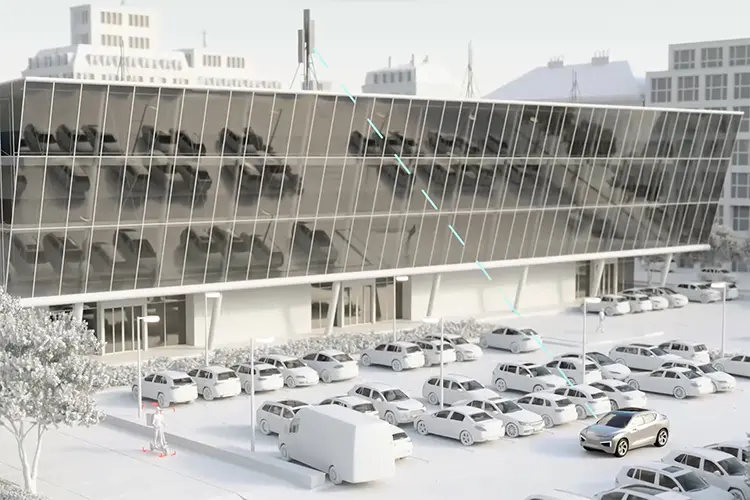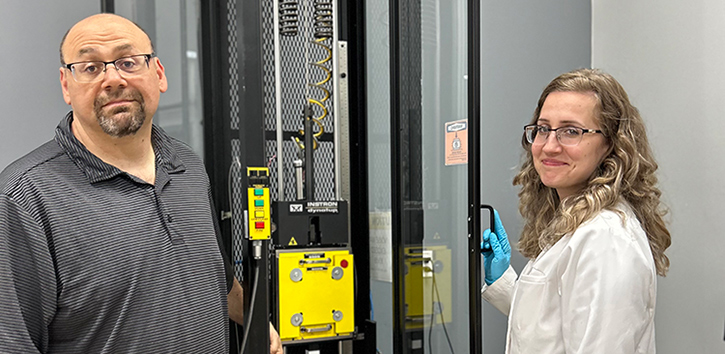Today, most new vehicles are connected but mainly to the manufacturer. With 5G on the way, more bandwidth will enable better infotainment solutions for consumers. However, when cars will be able to communicate with each other, not just within a brand, but across brands and with low latency, ADAS will see the benefits with what we call V2X – vehicle-to-everything (i.e., vehicles communicating to other vehicles, surrounding infrastructure, other road users, etc.). When we then add the development of software-defined vehicles, the innovation speed in the market will accelerate even more. By the end of this decade, the industry will be transitioning to 5G / V2X as the technology is standardized and deployed.
The high-speed data connection with 5G will also enable us to send more data and do more things with ADAS systems, including “collective perception,” where we share more of what road users, infrastructure and vehicles are “seeing” fused in a digital twin. We demonstrated this concept at CES at the beginning of 2024.
In the future, there is also the potential for subscription services for certain on-demand ADAS features. For example, a consumer may be able to pay $5 for one-time use of ADAS to park a trailer using information from the collective perception. There may be an app store like you have with smartphones, where consumers can pay for the technology on an as-needed basis. Innovations like this can happen with 5G and V2X technology. But a car is not a cellphone, so there are challenges for safety, security and privacy that have to first be addressed.





